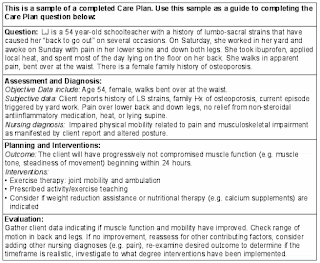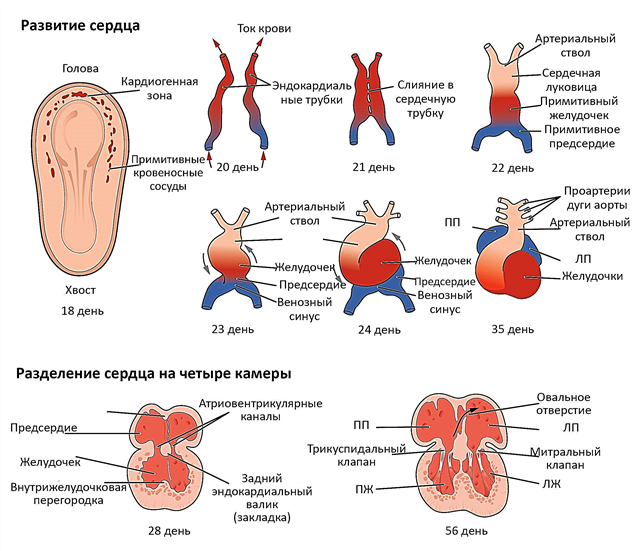Compress is a damp cotton-gauze bandage that is used to warm tissues. In the manufacture of medical compresses, mainly alcohol and semi-alcohol solutions are used. Such dressings have a pronounced antiphlogistic, warming and analgesic effect, which helps to relieve the symptoms of ear diseases.
Applying an alcohol compress to the ear, you can improve blood flow to the affected tissues, which will contribute to the resorption of the infiltrate and regression of inflammation. The course use of the withdrawal therapy means is indicated for the development of catarrhal processes in the outer and middle ear.
The correct use of medical dressings contributes to the rapid elimination of the symptoms of the disease and the restoration of the regenerative functions of the affected tissues.
Operating principle

A key indication for the use of warming dressings is chronic or subacute inflammation. The effectiveness of the withdrawal therapy is due to the reflex and local effects of heat on the affected tissues. Due to this, the blood vessels expand, due to which the blood flow to the foci of inflammation increases. Acceleration of biochemical processes stimulates cellular metabolism, which affects the rate of epithelialization of the mucous epithelium and, accordingly, an increase in local immunity.
Semi-alcohol and alcohol compresses are among the means of distraction. With their help, it is possible to stop pain, itching and discomfort in the area of inflammation. Wet dressings have a pronounced antiphlogistic and anti-edema effect, which helps to increase the lumen in the auditory canals and the outflow of serous exudate from the ear cavity. In this way, the middle ear is drained, which speeds up the healing process.
Indications and contraindications
The feasibility of using the means of delay therapy should be determined only by an otolaryngologist after an appropriate examination. In some cases, ear warming can cause generalization of the inflammatory process and the occurrence of serious complications. According to most experts, it is possible to apply an alcoholic and semi-alcoholic compress to the ear in the following cases:
- non-purulent inflammation;

- exudative otitis media;
- adhesive otitis media;
- non-infectious labyrinthitis;
- inflammation of the outer ear.
Important! In most cases, the precursors of otitis media are infectious diseases, which are often accompanied by hyperthermia. It is undesirable to carry out thermotherapy in the presence of a high temperature.
Ignoring contraindications and the technique of performing the procedure leads to an aggravation of the state of health. To prevent complications, it is undesirable to resort to the use of alcohol and semi-alcohol compresses when:
- heart pathology;
- blood diseases;
- furunculosis;
- oncopathology;
- purulent inflammation;
- tuberculosis;
- bleeding tendency.
It should be noted that the use of medical dressings with alcohol solutions is contraindicated under the age of 4 years. If there is inflammation in the ear, doctors recommend replacing alcohol or vodka with vegetable or camphor oil.
Components of the compress
How to make an alcohol compress on the ear? The effectiveness of the release therapy is largely determined by the correct preparation and application of a medical dressing. If used improperly, you can get burned and thus only worsen your health. To avoid negative consequences, you need to carefully read the rules for applying a bandage.
Alcohol and semi-alcohol compresses consist of the following layers:
- cotton cloth or gauze;
- cellophane or wax paper;
- rolled cotton wool;
- regular or elastic bandages;
- hat or scarf.
Chills and a lack of a warming effect can signal the improper application of a bandage.
To achieve the desired effect from the procedure, each subsequent layer of the compress should be made 1.5-2 cm wider than the previous one. Thus, the heat exchange of the alcohol solution with the medium is minimized, which contributes to a more intense heating of the tissues.
Semi-alcohol compress
When applying semi-alcohol compresses, gauze or cotton cloth is moistened in a solution of alcohol and water, which can be mixed in a ratio of 1: 2 or 1: 3. As a rule, they are used in pediatric therapy to warm up the ears of preschool children. Hands should be thoroughly washed before the procedure to prevent infection in the inflamed ear.
Treatment is carried out in accordance with the following algorithm:
- fold gauze in 6-8 layers and make an incision in it under the auricle;
- dilute 40% alcohol with water in a 1: 2 ratio;
- heat the solution to 37 degrees;
- moisten a napkin in a semi-alcohol solution;
- apply gauze to the area behind the ear;
- put wax paper and a layer of cotton on top;
- secure the compress with bandages.
To provide the necessary thermal effect, the thickness of the wool layer should be at least 3-4 cm.
It is best to apply warming bandages before bed as they are soothing. The duration of 1 session of thermotherapy should not exceed 3-4 hours. In this case, it is advisable to perform the procedure no more than 2 times a day for a week.
Alcohol compress
For setting the warming compress, a pure alcohol solution is used. It is not diluted with water and is then used primarily for the treatment of adult patients. This is due to the absence of skin hypersensitivity in 85% of adults. However, doctors recommend treating the area behind the ear with petroleum jelly or a greasy cream before applying an alcohol dressing. Thus, you can avoid the occurrence of burns after the procedure.
How to make an alcohol compress on the ear?
- fold the gauze in 6 layers and make a hole in it under the auricle;
- make a hole in the plastic in the same way;
- moisten gauze in alcohol and squeeze lightly;
- apply a damp cloth to the skin behind the auricle;
- put polyethylene on top;
- insulate your ear with a layer of cotton wool;
- secure the compress with bandages.

Particular attention should be paid to fixing the bandage. The intensity of heating of the affected tissues and the duration of the entire procedure depend on this. It is advisable to start and finish the fastening of the bandage in the area of the healthy ear. With the correct placement of the compress, there should be a gap between the bandages and the ear, the thickness of which is less than the thickness of the index finger.
Important! Do not bandage the bandage too tightly, as this will impair blood circulation in the inflamed ear.
The duration of a thermotherapy session should be approximately 4-5 hours. After removing the bandage, the skin behind the ear should be wiped with a cotton swab dipped in water. To avoid skin irritation with regular treatment, lubricate it with baby cream or petroleum jelly.





